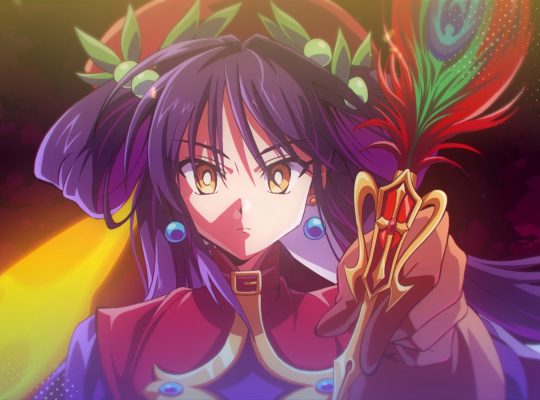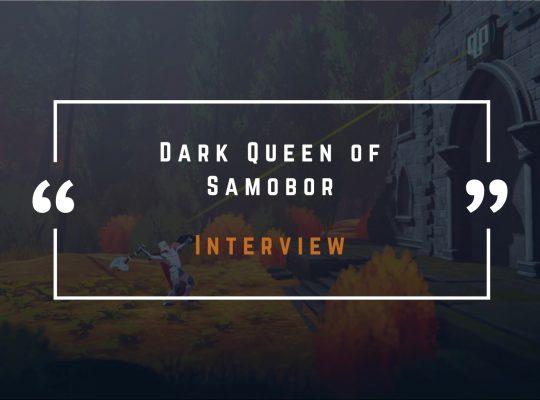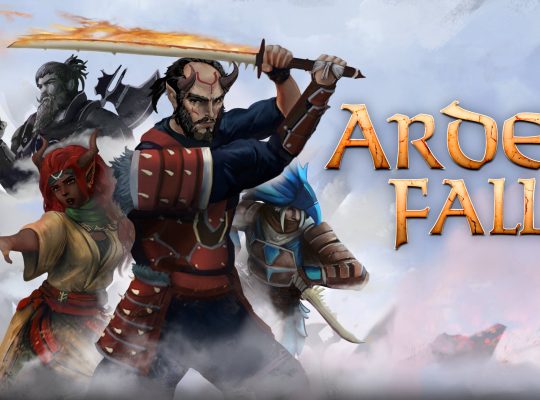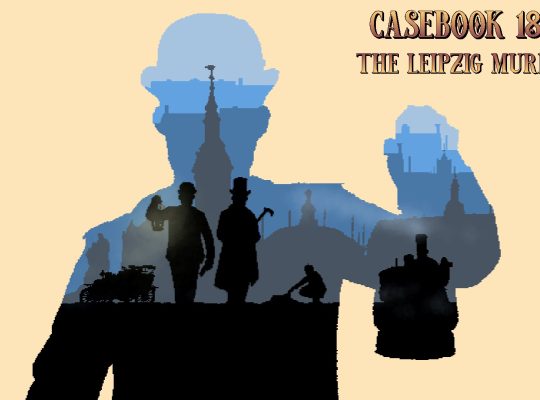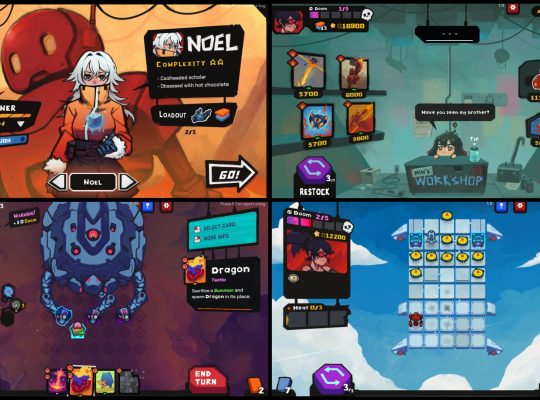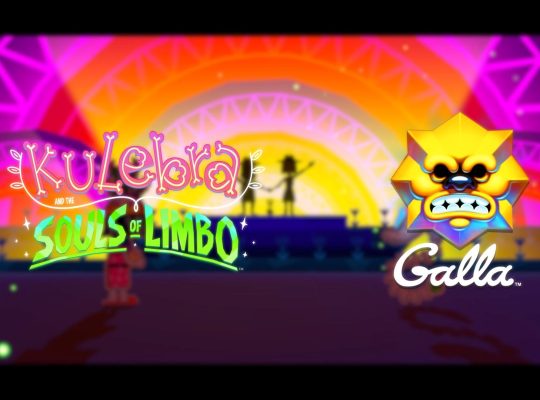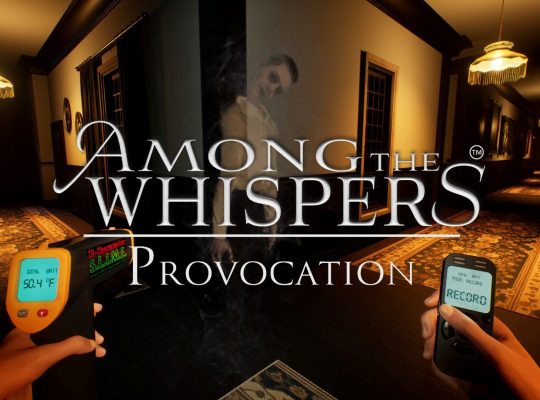Project Tower marks the Steam debut of another French studio, Yummy Games, and it’s clear they’ve poured their passion into crafting this experience. The game blends shooter, action, and bullet hell mechanics with a unique morphing ability, allowing you to transform into different creatures to progress. With intense boss battles and a linear story, it offers a great and dynamic experience. You can also check out our full review here.
The story begins with the Hiks, an alien race, invading Earth to capture human survivors as prisoners. In order to conquer the universe, they created a program titled Project Tower, which forces prisoners to fight their way up through various towers, so the Hiks can build up their army from the tries of the prisoners. You play as one of these inmates, with the sole chance of regaining your freedom being to reach the top of the tower.
We had the opportunity to speak with Yummy Games, where they shared insights on the morphing mechanic, boss battles, inspirations behind the game, their development process, and advice for other indie developers.
Project Tower is now available on PC via Steam and PlayStation 5.
Can you tell us more about your studio? How many people worked on Project Tower and what other projects can we expect from you in the future?
We started about ten years ago, just making small experimental games on itch.io for fun. At one point, we tried to develop an MMORPG, which didn’t quite work out. That experience taught us a lot, and we decided to focus on smaller projects, making several mobile games along the way.
After that, we wanted to move into PC and console development, so we started learning Unreal Engine and building prototypes. Project Tower was our first full release on Steam, developed by a team of four people, with music composed by Jacob Lives.
As for the future, we’re already working on something new! We’re taking everything we learned from Project Tower and using it to make an even better game. We can’t say too much just yet, but we’re excited to keep going.
Project Tower is your debut game on Steam (not counting your previous mobile releases). Are you satisfied with its reception, especially considering how ambitious the project is?
Steam is a tough platform, especially for indie games without a big marketing budget. Visibility depends a lot on wishlists before launch, and since Project Tower wasn’t a highly anticipated title, getting noticed was a challenge.
That said, what really matters to us is that the players who found the game seem to enjoy it. Seeing people have fun with something we worked so hard on is incredibly rewarding. So while it’s not easy, we’re grateful for the support we’ve received.




What led to your decision to use Unreal Engine 5 for the game? How challenging was it to achieve the stunning graphics in Project Tower across both PC and PlayStation? Were there any notable differences between the platforms?
We actually started with Unity but ran into some limitations when trying to achieve the visual style we wanted without sacrificing performance. Since we’re a small team, we couldn’t afford to spend months optimizing everything manually.
Switching to Unreal Engine made a big difference. It gave us powerful tools out of the box, and the free Quixel Megascans library helped us a lot by providing high-quality assets without extra costs. That saved us a ton of time.
The game incorporates a variety of mechanics, such as platforming, puzzles, and morphing. What inspired the design of these features?
We drew inspiration from several games:
- Uncharted for its mix of combat, puzzles, and cinematics.
- Returnal for the 3D bullet-hell combat style.
- Super Mario Odyssey for the morphing mechanic.
We wanted to create something that felt dynamic and engaging while keeping things fun and intuitive.
Before progressing to the next floor, players must defeat a boss. Many of them share similar attack patterns, was this a deliberate design choice to keep the gameplay approachable and not overly demanding?
Yes! As a small team, we had to be realistic about what we could achieve. We focused on making each boss fun and engaging while keeping the mechanics manageable for us to develop. Reusing and slightly tweaking attack patterns allowed us to keep things balanced and polished instead of overextending ourselves.




The game’s narrative, centered on climbing a tower as part of an alien experiment, is intriguing. What inspired this story, and how did you balance the emphasis between storytelling and gameplay?
We’re big fans of sci-fi, so the story naturally grew from that love. Our priority was always gameplay, but we also wanted a way to tell the story without slowing things down too much. Cinematics were a good way to give players a break while progressing the narrative.
In fact, we even cut some cutscenes and an entire level late in development because we felt they slowed the pacing too much. It was a tough decision, but in the end, we think it made the game better.
Were there any features or mechanics you originally planned to include but had to cut due to time or resource constraints?
Yes, quite a few! Some of the bigger ones were:
- An open-world-style level at Floor 4, featuring a prisoner camp. It just didn’t fit well with the rest of the game, and refining it would’ve taken too long.
- A morphing system where players could store and switch between forms, but it made level design too complicated.
- A boss fight where multiple prisoners helped the player, but we didn’t have time to make it work properly.
It’s always hard to cut ideas, but we had to stay focused on finishing the game.
What are some of the key lessons you learned during the development of Project Tower, and how will they influence your next project?
- Keep the scope small and only expand if time allows.
- Test more often. Building and playing the game frequently helps catch problems early.
- Be ready to make tough decisions. Sometimes cutting content makes the game better in the long run.
We’re taking these lessons with us into our next project!




What is your opinion on the French gaming industry?
France has a great mix of indie and AAA studios, which is really inspiring. Right now, the industry is going through a tough period, but we hope things will improve soon.
Do you think as an indie developer it’s difficult to succeed in today’s saturated market? Any experience you’d like to share?
Yes, it’s very difficult. There are so many games coming out every day, and standing out is a challenge. One thing we realized is that having a realistic art style made it harder for us to stand out as an indie game. Something more stylized might have helped us get more attention. It’s definitely something we’ll think about for future projects.
Finally, what advice would you give to other indie developers who want to create their own unique gaming experience?
The hardest part isn’t starting, it’s finishing. Take things one step at a time. It’s easy to get overwhelmed, so break tasks into small goals. Don’t overthink it. Perfectionism can stop you from finishing. Sometimes “good enough” is exactly what you need. And most importantly, have fun with it! Game development is tough, but it’s also an amazing journey.



